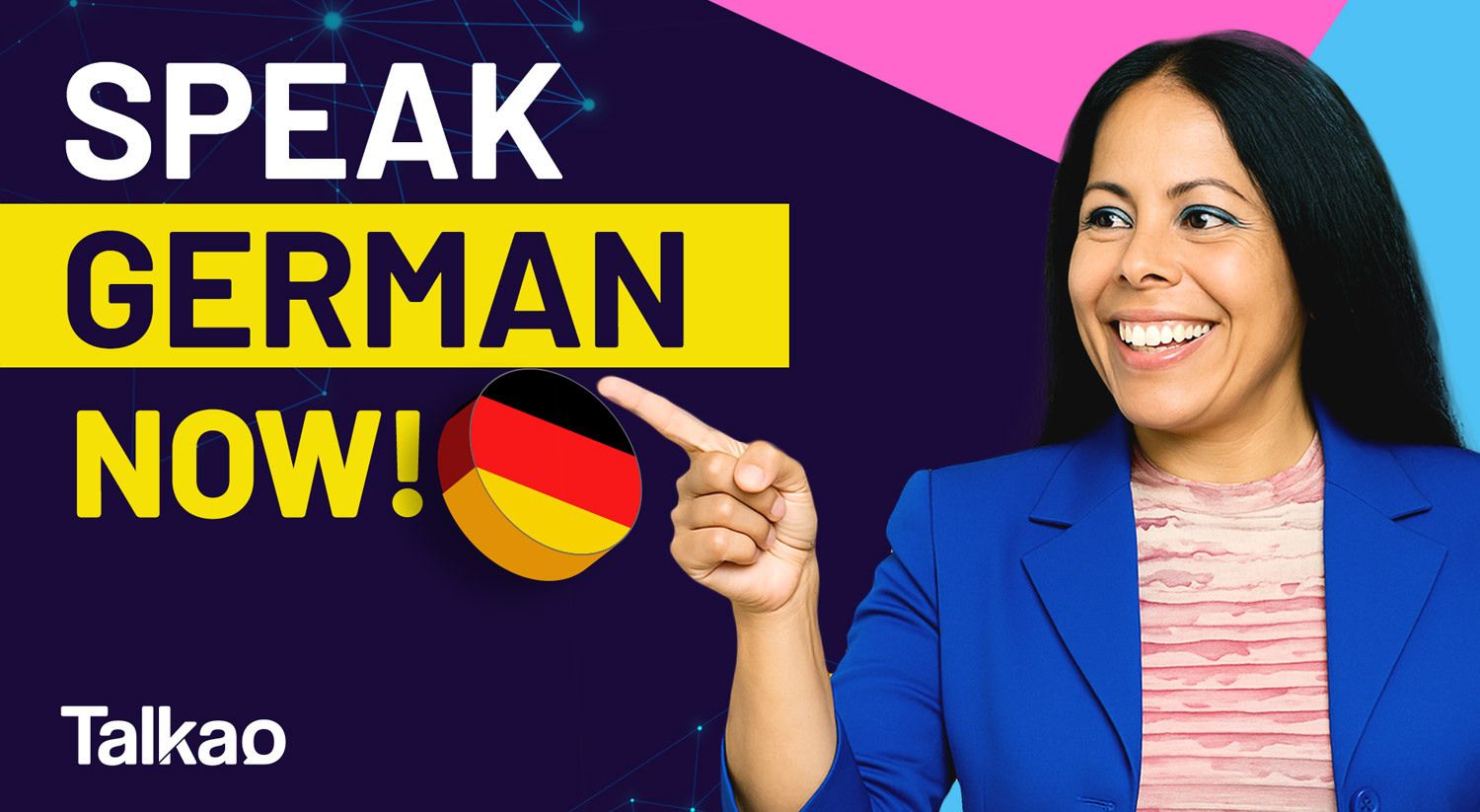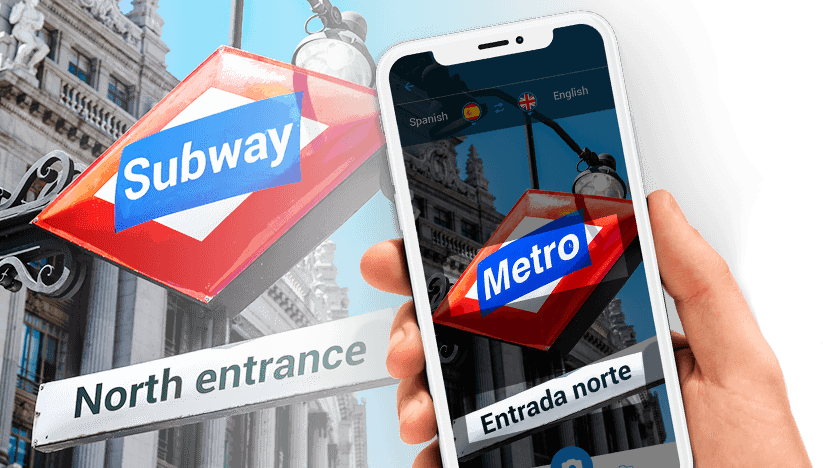
Selling your products in international markets… It sounds like a huge challenge, doesn’t it? Many people believe that selling beyond their borders is something only large corporations can do. Unfortunately, small shops and family-run businesses often assume that the global market is out of reach. But here’s the truth: the world is wide open for you to sell your products!
Why are we so confident in saying this? Because it’s an undeniable reality. In recent years, commercial borders have become increasingly blurred. And language—once one of the biggest barriers to global expansion—is no longer such a major obstacle.
Thanks to e-commerce, even the smallest local business can now reach major international markets. In fact, in many industries, today’s consumers favor products that are handmade, organic, and authentic.
From now on, selling your products across the globe can become a real, tangible opportunity for your business—all thanks to Talkao’s smart translation tools. These powerful AI-driven apps allow you to communicate clearly with customers around the world, breaking language barriers and helping you grow faster than ever.
Let’s explore how you can use Talkao Translate to reach international customers, build trust, and boost your sales with ease.
How has the idea of selling your products internationally changed?
Just a decade ago, the idea of selling your products internationally felt like a distant fantasy. For many small businesses—whether a local shop, a craft workshop, or a family-run store—it seemed unrealistic and out of reach. The thought of packaging one of your products and shipping it to another country was something reserved exclusively for large corporations.
In fact, not so long ago, even today’s global giants like Amazon couldn’t imagine becoming what they are now. Jeff Bezos himself has shared stories about Amazon’s first international sale and the challenges involved. According to him, the first book Amazon sold outside the U.S. went to a customer in Bulgaria—who had to send payment hidden inside a floppy disk. Unthinkable today!
The internationalization of banking
Let’s go back to Amazon’s history for a moment. Can you imagine not being able to pay online today? And not even from another country—imagine someone in a nearby city wanting to buy your products. How would you manage that?
Well, this brings us to the first key factor that has enabled the opening of international markets: the digitalization of banking. Today, even the smallest local credit union is fully digital. More importantly, the global banking system is interconnected.
That means you can transfer money anywhere in the world—even from a tiny regional bank account. Plus, nearly every card in your wallet now allows you to make electronic payments. Boom! Financial borders have become a mere formality.
Payment systems have become international, digital, and accessible to everyone, whether individuals or businesses. Moreover, alternative payment gateways—outside of traditional banking—have emerged, enabling fast and easy transactions. Today, you no longer need a letter of credit or bank guarantee. For a customer in Japan to buy a handcrafted item from Guatemala, all they need is a credit card.
Micro-Shipping and logistics
Being able to pay is one thing—but what if you couldn’t ship your products across borders?
Let’s rewind just a bit to the early 2000s. Not your grandfather’s time—just a few years ago, international shipping was a logistical nightmare. In many countries, even sending a simple postcard was practically impossible.
Except for a few highly developed nations, postal services were often disorganized and unreliable. On top of that, shipping goods from point A to point B was prohibitively expensive—and that’s no exaggeration. Shipping a package overseas used to cost a small fortune. You had to book container space, hire a customs broker, and prepare folders full of paperwork. Often, the shipping costs were two or three times higher than the value of the item—and delivery took weeks.
That’s no longer the case. Today, you can ship almost anything, regardless of size, from nearly any country with ease. Shipping is faster, cheaper, and more efficient than ever before.
Building trust in e-commerce
Alright, so we know your customer can pay with a credit card, and you can ship your product anywhere. But what if the buyer doesn’t trust you?
That’s the missing piece of the puzzle: trust.
Thanks to international banking and global logistics companies, consumers now feel confident in the reliability of e-commerce. More and more, buyers worldwide understand that online shopping is a safe and valid way to purchase. This shift in perception has been driven, in large part, by major online platforms.
Let’s be honest—without Amazon, Alibaba, or eBay, e-commerce would still be in its infancy. These platforms have proven that shopping from your phone or laptop is just as secure as visiting a physical store. Major brands followed suit, establishing strong online presences—and that move gave smaller producers and local businesses a massive boost.
But is selling on major platforms the only way to reach global customers? Not at all. You’ll soon see there are other powerful options.
Ratings systems and the power of user reviews
One of the most influential developments in e-commerce has been the rise of authentic, organic rating systems. Any customer can leave a review—and if they’re unhappy, that negative feedback can strongly impact future sales.
As a result, businesses—both large and small—now take customer satisfaction very seriously. Transparency is no longer optional.
In fact, many shoppers today won’t hit “buy” without reading the reviews first. If they don’t like what they read, they walk away. This transparency has been a game-changer in building consumer trust—and it’s a huge factor in your ability to sell successfully.
The courage of entrepreneurs
There’s one critical factor that’s often overlooked when it comes to the growth of e-commerce and the evolution of selling products: your courage.
Yes, you heard that right—your bravery matters. Taking the leap to open your business to the global market is no small feat. Without that brave step, none of this would be possible.
Many consumers forget that the products they buy often come from small, independent businesses. They assume everything is backed by giant financial machines. But the reality is, more than 50% of global offerings come from small businesses—family-run shops, artisans, and micro-enterprises taking big risks every day.
Every time you decide to sell your products, you’re taking a major leap of faith—and that deserves recognition.
Language as a risk factor in international sales
Of course, one of the biggest risks in selling your products internationally is language.
Why? Because language barriers can easily lead to miscommunication, mistakes, and missed opportunities. That alone can discourage you from pursuing global customers. But don’t worry—technology has already solved this issue, and we’ll show you how.
You’ll see this clearly through a real-life example of someone who once shared your exact concerns. The story of Enrique and his leather workshop in Andalusia will show you what’s possible. You’ll be amazed at how his small Spanish workshop is now a trusted supplier for major retailers in London.
The truth is, until several key factors aligned, international sales were limited to massive industry players. Export-import companies used to be vast and complex operations. Even shipping a product to another city could feel like a major challenge.
So, what exactly has changed to make selling your products globally not only possible but easier than ever? Let’s take a look at some of the key elements behind this transformation.

From Ubrique to London’s Soho: The story of Enrique’s leather workshop
Ubrique is a small town nestled in the Sierra de Cádiz, in southern Andalusia, Spain. It’s one of those postcard-perfect places—whitewashed houses, a mountainous backdrop, and narrow cobbled streets. A true gem that deserves a spot on your next trip to Spain. But while Ubrique’s beauty is undeniable, that’s not exactly why we’re here. Or… maybe it is?
This small Andalusian village has been, for generations, a global reference point in leather craftsmanship. This almost-forgotten art form is all about working leather to create true masterpieces. And it’s one of the few trades in the world that cannot be industrialized. There’s simply no way for a machine to replace the skilled, patient hands of an artisan.
That patience, paired with a craft that’s taught even before children can walk, defines Ubrique. Parents teach their children the trade, as they were taught before them—passing down techniques through the decades. This unmatched skill produces one of the most prized materials among leather connoisseurs. Ubrique leather is internationally recognized as some of the finest in the world.
A premium product the world rarely sees
But here’s the thing: to appreciate the quality of Ubrique leather, you have to know it exists. In other words, you need to be a leather expert to even be aware of it. As a result, it’s not a “commercial” product on the global stage.
What’s more, Ubrique’s small workshops have spent generations focused on perfecting their craft, not on selling it. Their energy has gone into quality, not marketing. But everything changed when Enrique read in a book that you can sell your products anywhere. Something clicked inside him.
He was convinced: with the quality he offered, nothing could stop him…
Until he hit the language barrier—English.
How a Small workshop won over one of London’s top retailers
There are very few chances to level the playing field between a tiny artisan workshop in Andalusia and a major retail powerhouse in London. Everything seemed to work against the odds. It was nearly unthinkable that such an exclusive chain of stores would even take the time to read a business proposal—especially one poorly written in English.
Enrique knew this. He understood that, in order to be heard, he would have to use every ounce of creativity and cleverness he had. But how do you write a compelling business pitch to a high-end store in London when you don’t speak a word of English? This humble artisan didn’t understand a single phrase in the language—much less how to write a formal introduction.
For a moment, the dream of selling your products in London nearly faded away. But as we’ve said before, one trait all entrepreneurs share is bravery. And Enrique wasn’t about to let his language barrier stand in the way of his goal: bringing Ubrique’s craftsmanship into the heart of British luxury. Instead of giving up, he turned to technology. And that changed everything.
Translating a letter that makes an impact
Enrique’s strategy was simple, but highly effective. He had read that when it comes to selling your products, you need to be direct, authentic, and concise. Like a bee sting, the message should be sharp and to the point. But doing that without speaking English seemed like an impossible challenge.
That is, until Enrique discovered the tools offered by Talkao, which helped him turn the dream of selling your products in London into a reality. He created a portfolio that included a visual step-by-step guide of his production process.
In clear, correct English and with a warm, approachable tone, Enrique explained how he transforms raw leather into luxury goods. He highlighted why his handcrafted products were a perfect fit for the store’s exclusive brand. He emphasized the unique value of selling authentic, handmade, artisan-quality goods, all through a lens of elegance and sophistication.
And it worked. The portfolio reached the hands of the store’s purchasing director, who read every word carefully. So impressed was he that he sent Enrique a personal invitation to present his products in London…
But that invitation came with a new challenge: a live, in-person presentation—in English.
Writing in English is one thing. Speaking it is another
After receiving the invitation, Enrique faced a major problem: how could he deliver a live presentation if he didn’t speak English? He had just a couple of weeks to prepare. That meant selecting his best samples, crafting a flawless pitch, and organizing travel, flights, accommodation—the works.
When Enrique studied the art of selling your products, he learned that every challenge is actually an opportunity. So he took a bold step: he would do the entire presentation in Spanish. Rather than speaking broken English, he chose to speak with clarity and confidence in the language he knew best.
But how would the executives understand him? The solution was brilliant: he invited them to download the Talkao Translate app and use its real-time translation feature.
A presentation that changed his life
Contrary to what you might expect, giving the presentation in Spanish actually made Enrique seem even more authentic. In a stroke of genius, he brought some of his leatherworking tools with him. Right there in front of the suited executives, he began crafting a piece by hand.
They were stunned.
His passion, craftsmanship, and confidence spoke louder than any translator. The result? The store signed a five-year supply contract with Enrique on the spot.

Language should never be a barrier to selling your products
If there’s one lesson to take from Enrique’s story, it’s this: where there’s persistence, there’s success. As a third-generation leather artisan, Enrique made a bold decision—to shift the direction of his small business and aim higher than ever before. Like a true champion, he understood that success often requires risk.
He never let the size of his workshop in Ubrique hold him back. Nor did he allow his lack of language skills to become an obstacle. Instead, he turned to technology—and with the help of Talkao’s powerful tools, everything became easier.
And… What about now?
You might be wondering if Enrique eventually learned English. And the answer is… he still doesn’t know how to say “hello”! But that’s not the point. He let his products do the talking, and their quality melted even the coldest corporate hearts.
Today, Enrique’s handcrafted leather goods are displayed in one of the most exclusive stores in London’s Soho district—a dream many would consider impossible, and yet another reminder that you can sell your products anywhere in the world.
It all comes down to three key elements: quality in your craft, authenticity in your message, and the courage to take a leap. Never stop dreaming—because the most beautiful realities in this world are born from dreams.










Newsletter